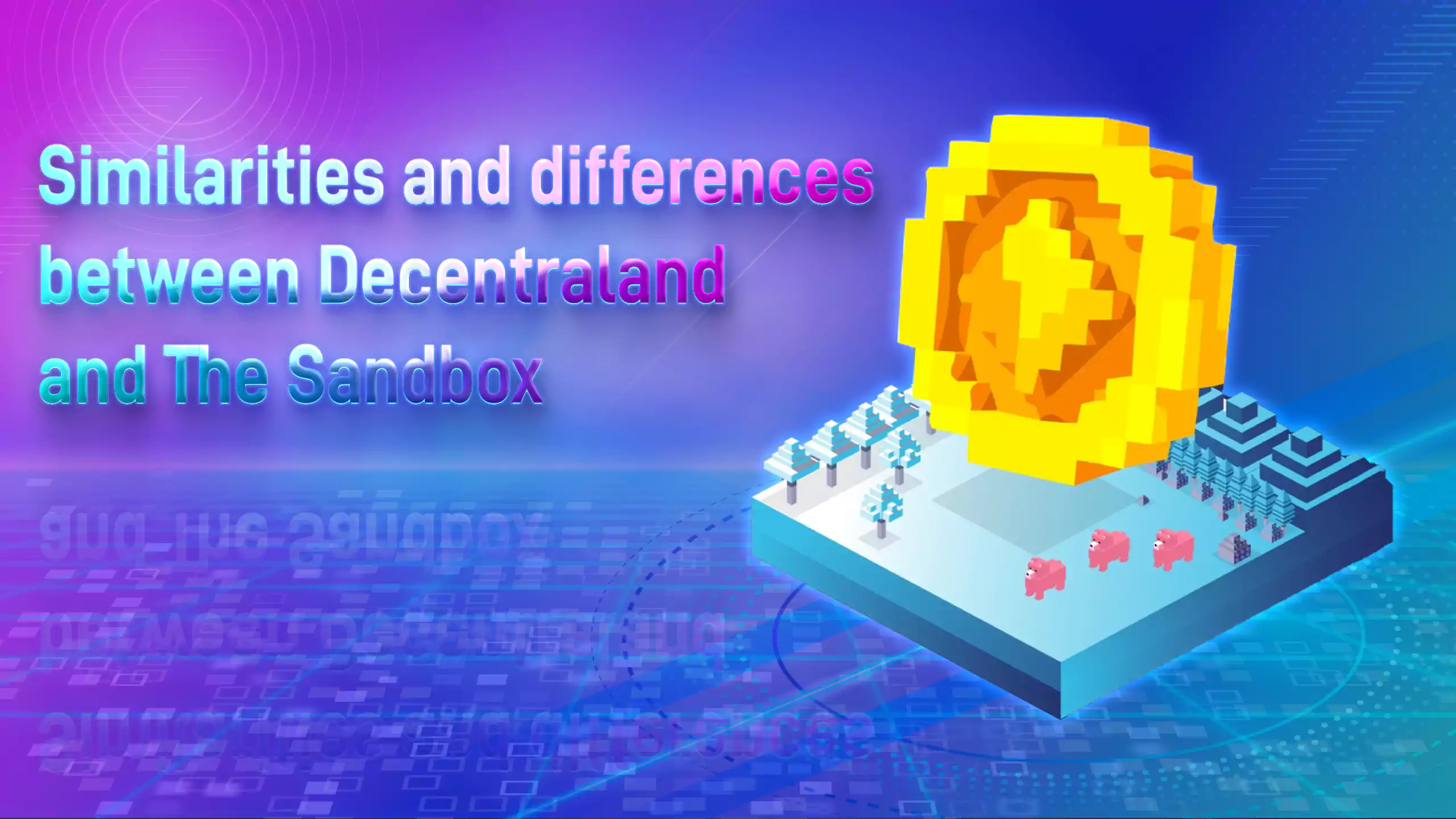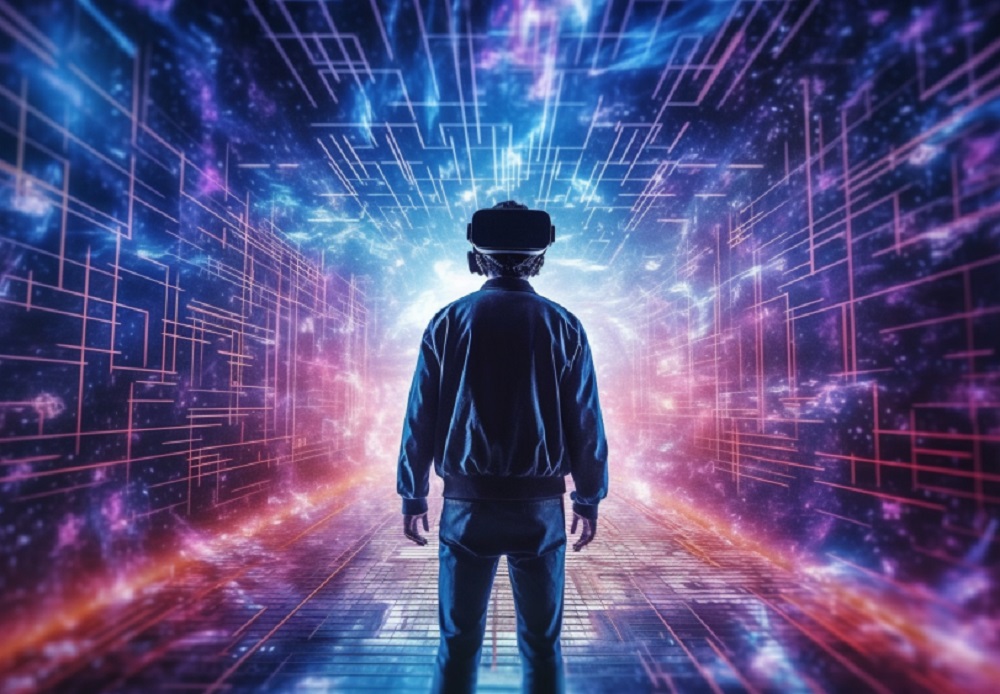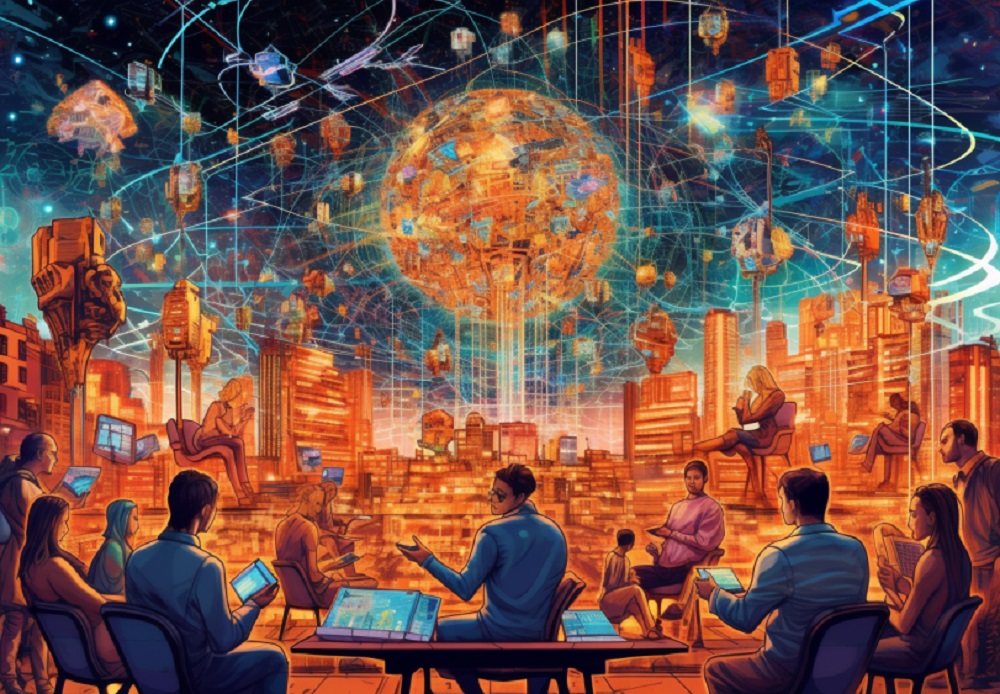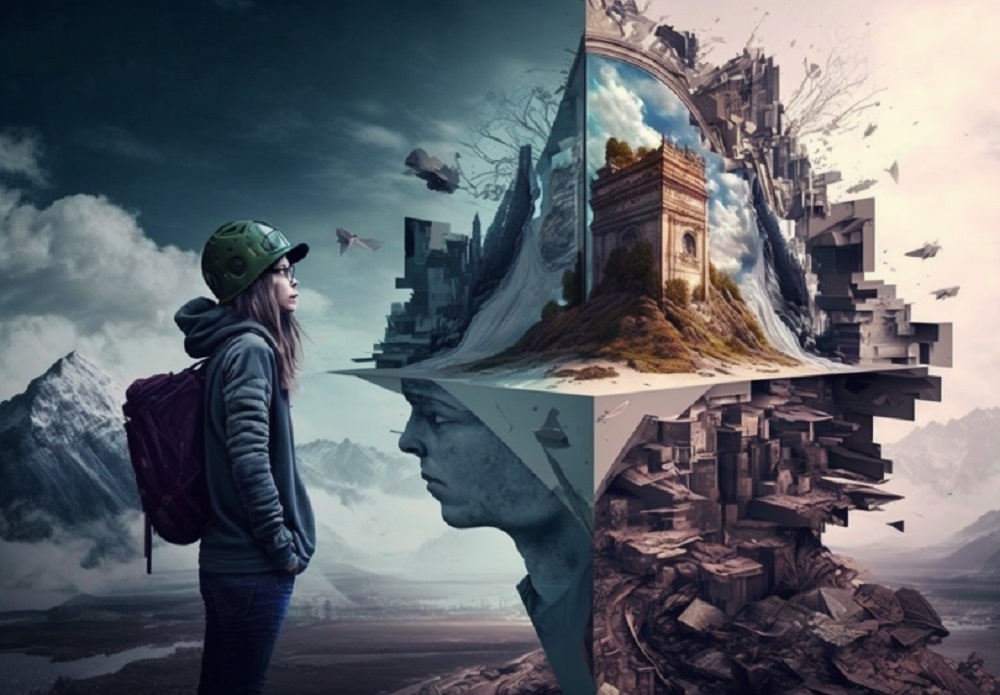Sandbox and Decentraland are unquestionably among the top leaders and most promising contenders in the emerging trend of creating metaverses for enhanced gaming experiences, with much to offer both players and investors. If you have ever wondered which of these virtual reality projects is the best, this article is for you.
Decentraland
With the Ethereum blockchain powering Decentraland, users can build virtual land plots, make avatars, trade digital collectibles, and do a lot more to customize their virtual reality experience and make money off of it. Moreover, because the users permanently own the Land in Decentraland, the community has complete authority over the things they build. There are 90,000 of these 16-by-16-meter (52-by-52-foot) parcels of land.
The Sandbox
The Sandbox is a virtual world built on Ethereum's blockchain that allows players to create their games, own them, and monetize them using SAND, the native utility token of the Sandbox ecosystem. It is also possible to describe the Sandbox as a "play to earn" game that incorporates blockchain technology, DeFi, and NFTs into a 3D metaverse. Through Non-Fungible Tokens (NFTs), players can monetize their gaming experience by uploading them to the market and integrating them into games via Game Maker. In addition, sandbox 3D, an open-world physical sandbox, allows players to customize and monetize voxel objects. Another neat feature of NFT games is the ability to sell items on multiple markets. This platform, geared toward player-generated content, lets you create and play your games.
Similarities and Differences Between Decentraland and Sandbox
The Ethereum Blockchain has created virtual worlds for both Decentraland and the Sandbox. Realities like these mimic what people do in reality, but they also go beyond the boundaries of what is possible in the real world. The Metaverse ecosystem's architecture will be discussed in the following paragraphs, along with the similarities and differences between Decentraland and the Sandbox.
- Land
The Sandbox's LAND is a virtual piece of real estate. Players can create their version of games using ERC-721 tokens and ASSETS using the Game Maker tool. In addition, an ESTATE can be created by combining multiple LANDS. Public LAND sales offer 166,464 LANDs in The Sandbox, which can be purchased with SAND and Ether (ETH). LAND can also be purchased from other users on the Sandbox Marketplace and NFT platforms such as OpenSea, but they are more expensive.
In contrast to the Sandbox, for Decentraland, users can buy Lands with MANA token, which has 89,601 parcels in total categorized into the estate, district, and plaza according to individual property types. But just like the Sandbox, parcels of land can be adjusted and commercialized for lease and playable games.
- The Team
Starting with Decentraland, it has a security advisory board SAB on the team that guarantees the security of Decentraland's smart contracts. The purpose of this team is to monitor the work of the DAO committee and respond to any reports of vulnerabilities or bugs in Decentraland contracts. In addition, five Solidity experts have been selected by the Decentraland team and included in the SAB. As a result, the Decentraland team boasts a wide range of expertise, from blockchain engineering to computer science to venture capital and data analytics, all of which are assets.
When it comes to startups, software development, finance, and the blockchain industry, the Sandbox team consists of people from four countries spread across the globe. Also, Pixowl, the team behind The Sandbox, has a long history in the video game industry. They've made many mobile and PC games, and they collaborate with several other teams around the world.
- Sponsorship
Skybound Entertainment, Big Fan, Ubisoft, and even Snoop Dogg have all partnered with The Sandbox in some capacity. Recently, they received $93 million in funding from SoftBank, one of the world's most powerful investment firms.
Over 20 individuals and corporate bodies from Digital Currency Group, CoinFund, and Animoca Brands invested in the Decentraland project. There have also been collaborations with Samsung, Polygon, and even the South Korean government. Grayscale has also established a Decentraland trust fund, home to over 20 million MANA tokens. In addition, one of the world's largest auction houses, Sotheby's, has recently partnered with Decentraland.
- Eco-friendliness
Eco-friendliness is a top priority at Sandbox. By purchasing carbon credits, planting trees, and integrating Polygon's proof-of-stake system, it hopes to reduce its carbon footprint by 99 percent.
With Polygon, Decentraland strives to minimize the high gas fees with the Ethereum blockchain. As a result, when using MANA in Decentraland, gas fees are now almost non-existent.
- Price
In the SAND token, we have one of the most active tokens on exchanges. Here, the value rises as more people invest in it. A market capitalization of $3.3 billion makes it easier to rise through the ranks, as well. Sandbox has a $3 billion total supply with around 1 billion currently in use and instead of disposing of their unused tokens, they donate them to creators and staking pools.
However, Decentraland has a cap of around $4.9 billion, making it more difficult for the currency to rise. A total of 2.8 billion MANA were initially set aside for burning, but due to LAND auctions, 600 million have already been consumed, this further helps make it more lucrative over time, leading to appreciation in value as more land is sold.
Conclusion
Since the Metaverse has become so popular, we've seen a rise in people fleeing the real world for the virtual one, and our lives becoming more digital by the day. Also, since Facebook's rebranding announcement, we've seen record highs for Decentraland and the Sandbox. These metaverses take advantage of this development and appear to have a promising future. Both projects have large and engaged fan bases, and their development teams have a wealth of game development experience. Unarguably, a bright future awaits as a result of this. However, when it comes to envisioning the Metaverse's growth, the Sandbox and Decentraland take divergent approaches as Decentraland is more dispersed and fragmented than The Sandbox. In the end, only time will tell which strategy is the most successful over the long term.






